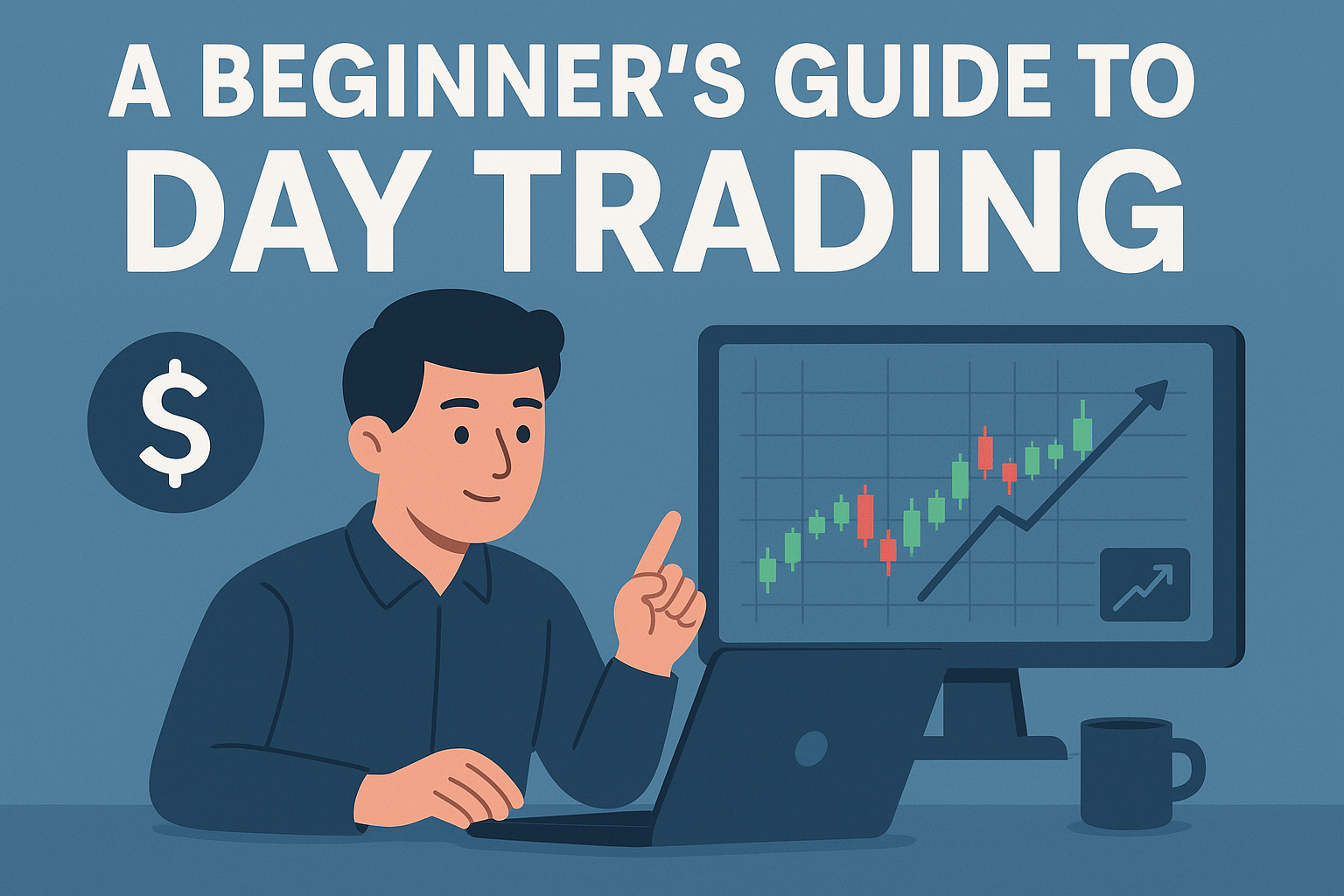In the world of stock trading, mastering technical tools is the difference between random guessing and consistent profitability. Among all the tools available to traders, few are as reliable and versatile as moving averages (MA). Moving averages smooth out price data to help identify trends, reversals, and trading signals.
Whether you’re a day trader, swing trader, or long-term investor, understanding how to use moving averages like a pro can dramatically improve your decision-making. In this guide, Namo trading Academy dive into everything you need to know—types of moving averages, strategies, and professional tips to apply them in real-world trading.
What Are Moving Averages in the Stock Market?
A moving average (MA) is a technical analysis indicator that calculates the average closing price of a stock over a specific number of periods. This creates a smooth line on a chart that filters out short-term volatility and highlights the underlying trend.
Why Traders Use Moving Averages:
- Identify trend direction (bullish or bearish).
- Spot potential entry and exit points.
- Confirm support and resistance zones.
- Generate trading signals when combined with price action.
Types of Moving Averages
1. Simple Moving Average (SMA)
Formula: The sum of closing prices over X periods ÷ number of periods.
Example: A 50-day SMA shows the average closing price of a stock over the last 50 trading days.
Best for: Long-term trend analysis.
2. Exponential Moving Average (EMA)
Formula: Applies more weight to recent prices.
Example: A 20-day EMA reacts faster to price changes than a 20-day SMA.
Best for: Short-term trading strategies.
3. Weighted Moving Average (WMA)
Similar to EMA but applies specific weight distribution.
Best for: Traders seeking accuracy in fast markets.
How Moving Averages Work in Stock Trading
1. Identifying Trends
- Price above moving average → Uptrend.
- Price below moving average → Downtrend.
- Flat moving average → Sideways market.
2. Dynamic Support and Resistance
Moving averages often act as dynamic support or resistance levels. For example, in a bullish trend, stocks frequently bounce off the 50-day EMA before resuming the uptrend.
3. Trading Signals
Moving averages generate signals when:
- Crossovers occur (fast MA crosses above/below slow MA).
- Price breaks through MA levels (indicating strength or weakness).
Popular Moving Average Strategies
1. The Golden Cross & Death Cross
Golden Cross: When the 50-day SMA crosses above the 200-day SMA, signaling a strong bullish trend.
Death Cross: When the 50-day SMA crosses below the 200-day SMA, indicating a bearish trend.
2. Moving Average Crossover Strategy
This involves using two different moving averages (one short-term and one long-term).
Bullish Signal: Short-term EMA crosses above long-term EMA.
Bearish Signal: Short-term EMA crosses below long-term EMA.
3. Using MA as Support/Resistance
Example: A stock in an uptrend repeatedly bouncing off the 20-day EMA provides a great buy-the-dip opportunity.
4. Combining MA with Other Indicators
Moving averages work best when combined with:
- RSI (Relative Strength Index) for overbought/oversold signals.
- MACD (Moving Average Convergence Divergence) for momentum.
Candlestick patterns for confirmation.
Timeframes and Moving Averages
- Use shorter MAs (e.g., 9 EMA, 20 EMA).
- Capture intraday momentum and scalping setups.
- Use medium-term MAs (e.g., 50 SMA, 100 EMA).
- Ride multi-day to multi-week stock trends.
Long-Term Investing
- Use long-term MAs (e.g., 200 SMA).
- Identify overall stock market direction and avoid false signals.
Moving Averages in Different Market Conditions
Trending Markets
- Moving averages shine in strong uptrends or downtrends.
- Traders can enter on pullbacks to the moving average.
Range-Bound Markets
- MAs may generate false signals in sideways markets.
- Best strategy: Combine with support/resistance analysis.
Practical Examples
Apple (AAPL): Traders often watch the 200-day SMA. When price stays above it, institutions treat the stock as bullish.
Tesla (TSLA): Intraday traders use 20 EMA on the 15-min chart to scalp momentum.
Nifty 50 / S&P 500: The 50-day EMA is a common benchmark for swing traders.
Risk Management with Moving Averages
Even the best moving average strategies can fail if risk isn’t managed. Professional traders follow these principles:
- Use stop-loss orders below/above the moving average.
- Avoid over-leveraging—risk only 1–2% of trading capital.
- Don’t rely solely on moving averages—always confirm with other signals.
Common Mistakes Traders Make with Moving Averages
- Using too many moving averages—cluttered charts create confusion.
- Trading in sideways markets—leads to whipsaws.
- Ignoring overall trend—never trade against the higher timeframe trend.
- Over-optimizing timeframes—sticking to one setup is more consistent.
Advanced Moving Average Techniques
1. The Triple Moving Average System
Using three MAs (e.g., 10 EMA, 50 EMA, 200 EMA) helps traders filter signals and avoid false entries.
2. Adaptive Moving Averages
Some advanced traders use adaptive MAs that adjust to volatility.
3. Moving Average Ribbon Strategy
Stacking multiple EMAs creates a “ribbon” on the chart that visually represents trend strength.
Trading Psychology with Moving Averages
Mastering moving averages is not just technical—it’s psychological. Traders must:
- Be patient and wait for clean signals.
- Avoid fear and greed by sticking to rules.
- Build confidence through backtesting and practice.
Step-by-Step Guide to Master Moving Averages
- Start simple with one moving average (e.g., 50 SMA).
- Add a short-term MA for crossovers (e.g., 20 EMA + 50 SMA).
- Backtest strategies using historical data.
- Trade on a demo account before going live.
- Keep a trading journal to refine strategies.
- Upgrade to advanced setups like triple MAs or ribbons.
Conclusion
Moving averages are one of the most powerful tools in stock trading strategies, but they must be used wisely. By understanding the difference between SMA and EMA, applying crossover techniques, using them as dynamic support and resistance, and combining them with proper risk management and trading psychology, you can trade like a professional.
The key isn’t in finding a “perfect” indicator—it’s about discipline, consistency, and practice. When mastered, moving averages can guide you through volatile markets and help you achieve consistent profits in stock trading. Join Us Namo Trading Academy stock market course and empower your career to the next level.



